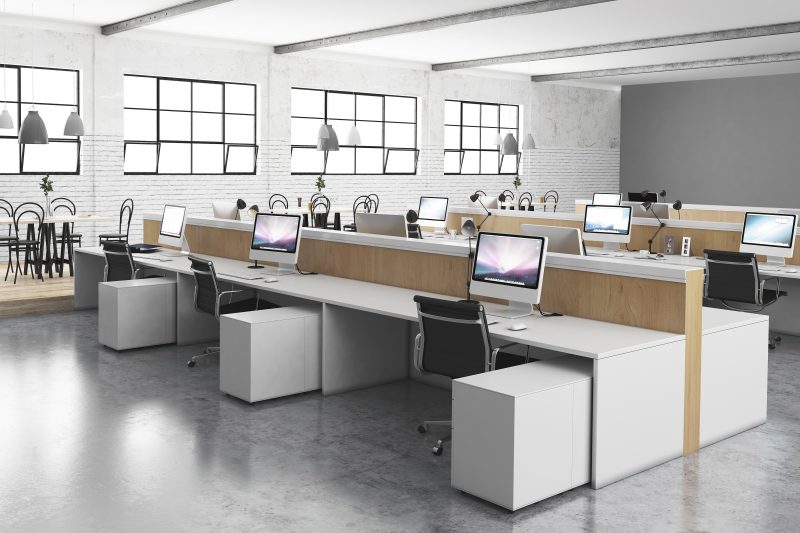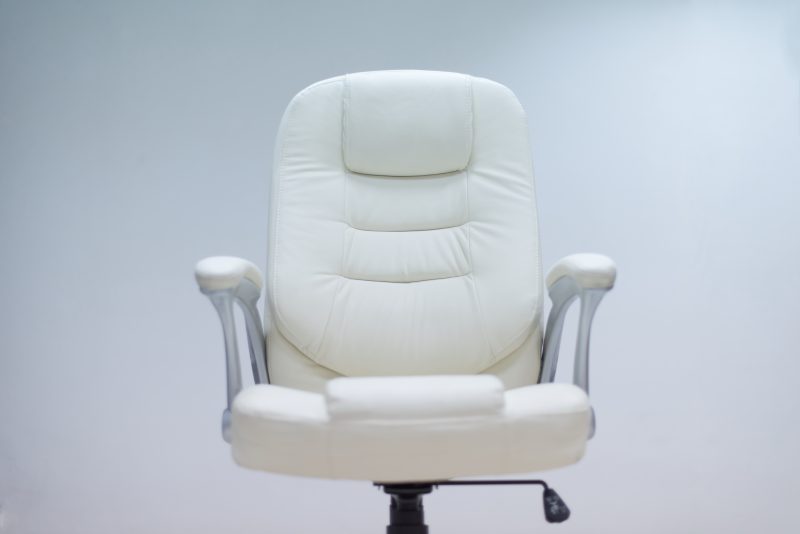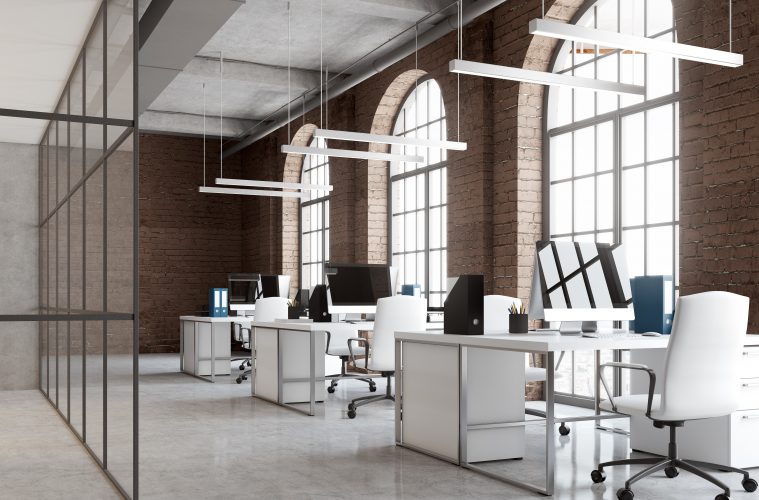Office design has changed a lot over the past few decades. Many small companies used to make do with very basic office furnishings and even some of the large ones tended to focus on doing things as cheaply as possible. However, things have changed because three quarters of today’s young office workers say the design of the work environment is a big factor in determining their impression of a company. If you want an office where people will be happy to work, now and in the future, you need to get smart.
Spacing
For the last two decades, open plan offices have been the big thing, but now an increasing number of studies suggest that they don’t actually work very well. 95% of office workers say that they find it easier to focus when they have some privacy, and a little personalisation also improves performance. If you have room, the simplest way to achieve this is to space desks out and arrange them so that workers aren’t looking over one another’s shoulders.

Colour and light
The sun may not always shine in Worcestershire but you’ll want to make the most of it when it does. Opening up your windows to let in more light is a great start. Do away with curtains and blinds and switch to shutters – you can even get bay window shutters, so they’re suitable for older buildings. When the sun goes down, ditch the fluorescents and switch to diode-based lighting which uses a lot less electricity, doesn’t flicker and has a better psychological effect. When decorating, ditching whites, greys, blues and purples helps with mental well-being – yellow and lime green, if not overdone, promote alertness.
Seating
Workers who are uncomfortable in their seats shuffle endlessly and find it hard to concentrate. Investing in higher quality seating that encourages good posture and is easily adjusted to suit different body types really does pay back in increased production and decreased sick leave. Providing sofas to relax on during break time improves morale and makes employees feel valued, increasing their motivation. They also help to absorb ambient noise, and you can improve that effect by choosing carpets instead of hard floors, thereby improving comfort and reducing distractions.

Keep it fresh
Studies have found that anxiety levels drop by over a third when there are plants in the office, and introducing greenery is easy to do. In sufficient quantity, they also help to improve air quality, making it easier for workers to stay alert. Providing water, fresh fruit juice and healthy snacks that staff can get whenever they feel the need also helps with this, and two thirds of office workers who receive free food at work report that they feel happy in their jobs.
While many of these changes might seem trivial, they have been proven to get results. Happier, more comfortable workers in a brighter and healthier environment work much more efficiently, suffer less from both mental and physical health problems and need less time off. The built environment has a much bigger effect on us than most of our predecessors understood, and getting office design right can help to make your business more successful.




